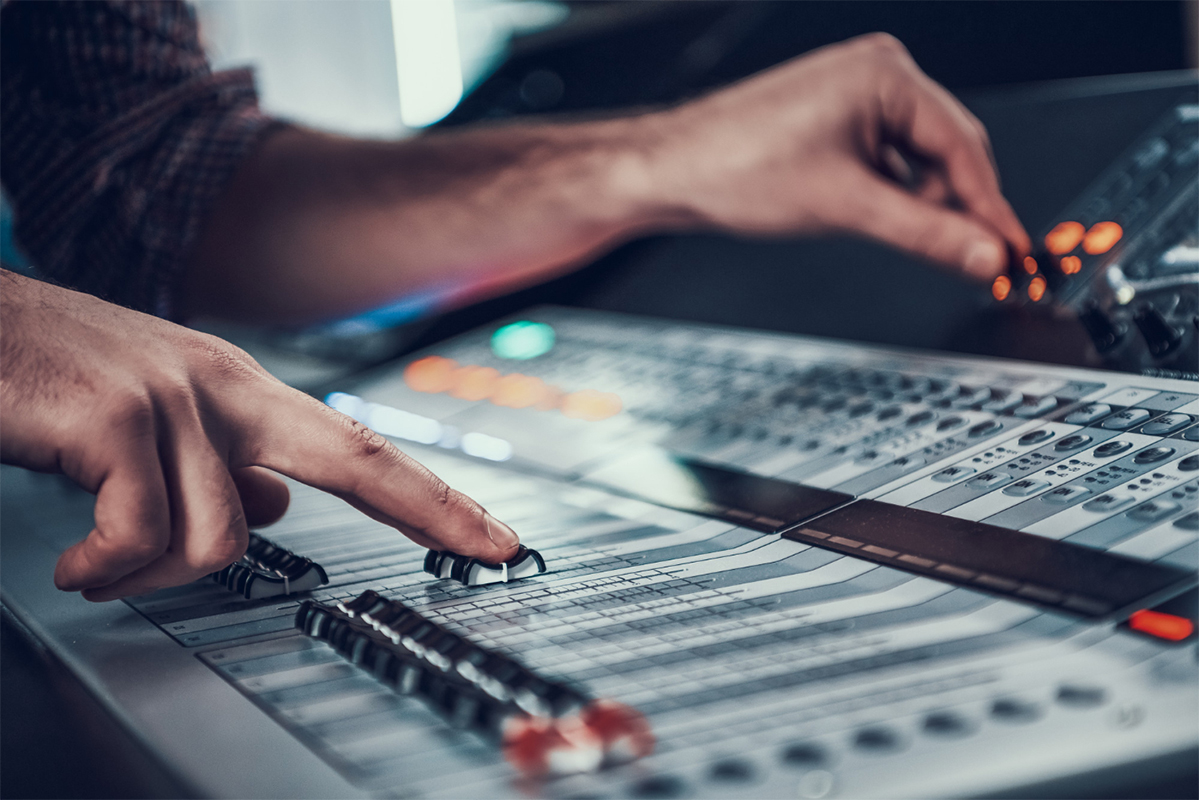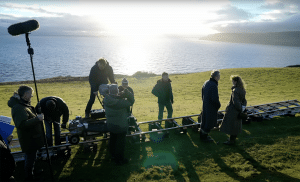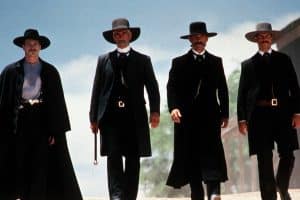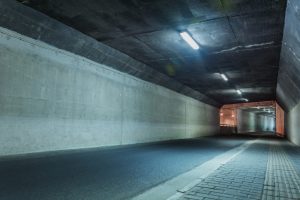Sound designers, filmmakers, and music producers will frequently come across the audio effect Reverb in their line of work. But what is Reverb, and why use it?
From creating a track to editing sound effects for a short film, reverb is a common audio effect that can be applied to elevate your sound further. With its primary function of providing any sound with a sense of space, reverb can be used in a variety of creative ways. Reverb can add atmosphere and highlight the sonorous textures, giving the sound a new lease on life.
Without reverb, a lot of music or sound design you hear today would be very two-dimensional, which can ultimately be a distraction to the viewer. In filmmaking, transporting the audience into its creative space isn’t something to be glossed over, and believe it or not, reverb can do exactly that.
Definition of Reverb
Reverb, short for Reverberation, is an audio effect that occurs when a sound source reflects off surfaces, causing the persistence of sound that gradually decays over time.
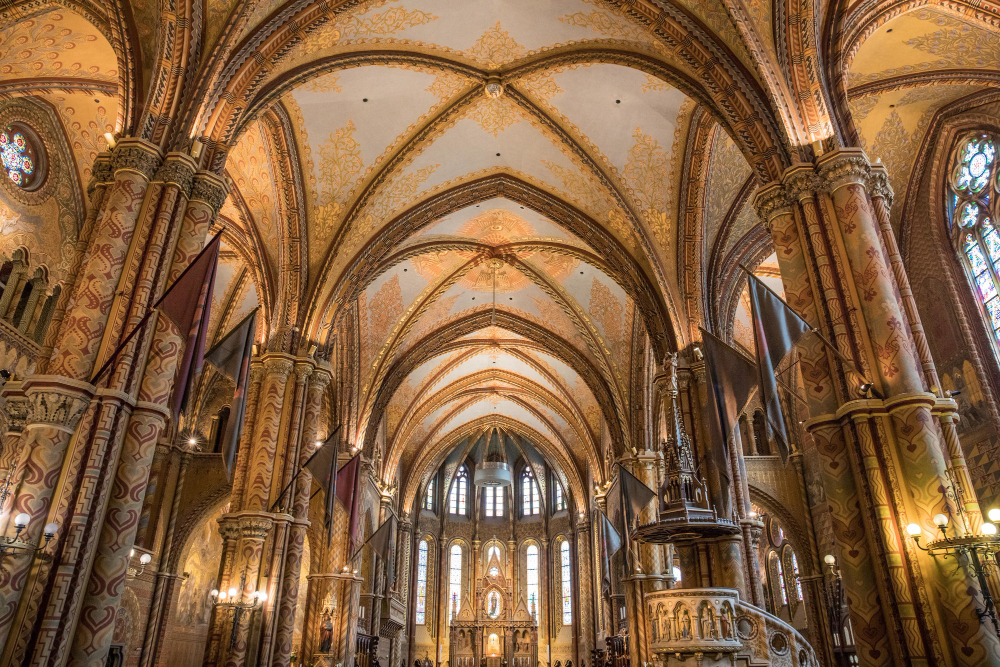
Every physical space or room will most likely produce some form of reverb or “room tone.” The larger the space, the longer the reverb. A great example would be a cathedral. Due to its infrastructure from the large concrete walls, sound behaves differently here than in a small bedroom. The reverberations last much longer and decay slower than in a smaller space.
Reverb tends to make sounds much more pleasant to the ear due to its sustained-yet-atmospheric nature. Singing in a cathedral will most likely sound much better than in your bedroom due to the obvious reverb effect.
In the context of audio editing and music production, reverb can be digitally produced. It’s a highly common audio effect applied to various sounds to give the listener a sense of space.
Digital Reverb: Algorithmic and Convolution
When discussing digital reverb, there are two ways in which reverb is processed: algorithmic and convolution. What do they mean, and how do they work?
Algorithmic reverb is based on a model designed to digitally calculate any given space, in which the audio passes through a complex signal chain made of delay lines modulated and filtered back into each other, resulting in a specified space reflection. This could be a room, hall, or chamber reflection.
Convolution Reverbs are based on real-life recorded acoustic spaces. It works by taking the input signal and processing it with a sample of acoustic space (e.g., a large hall). The space is captured in the form of an Impulse Response, which is generated by a short and sharp sound in said space, which in turn produces reverb. The reason for a short and snappy sound is to capture a wide range of frequencies on the reverb reflections for more sonic detail. This essentially is a much more accurate representation of any given space to which you can send your audio. Convolution Reverb is highly beneficial to audio editors who want high realism in their sounds.
Comparing the two, choosing what’s best to use depends on the type of work you create. If you have some sound effects to include in a short film or prefer the reproduction of recorded sound in a specific space, using convolution Reverb will provide more realistic results. Furthermore, if you want to have the reverb as just a mere “effect” to add a sense of atmosphere, space, and beauty, algorithmic reverb will sonically offer much more potential in your audio editing.
Different Types of Reverb
As technology has provided us with the ability to emulate the reverb effect, there are, in fact, a few different types of reverbs that all harbor their own characteristics and functions.
Upon opening your NLE or DAW, you will most likely just find the simple “reverb” effect. Some with better reverbs may reference those different types. However, these are more commonly found in DAWs, each with different algorithms representing typical reverbs or unnatural ones. These reverbs are Room, Hall, Chamber, Plate, and Spring.
Room Reverb is the type of reverb heard in smaller acoustic spaces. This is for occasions that match with what we would hear in the real world. Applying room reverb can add a dash of color, but not to the point where it sounds unfamiliar.
You may have an instance where a room reverb is needed on some pre-recorded dialogue. The room setting may be a kitchen or bathroom, which naturally has more reverb than the average room. Adding this can instantly create a more believable sound design for the viewers.
Hall Reverb works similarly to room reverb, but rather than a small acoustic space; it reproduces the acoustics of a concert hall. Concert halls are specifically designed to enhance any given sound acoustically. This is achieved through the infrastructure as it considers the type of sound it will possess, like an orchestra. Due to the vast dynamic range, an orchestra can produce, the design of concert halls accommodates this.
Using hall reverb on sounds produced by string instruments or pads adds that extra bit of color for more intensity, which is perfect for film scores. This is also great for sound effects such as footsteps in a larger space. But be careful to use this reverb in moderation, as it can easily be overkill and take away the realism.
Spring reverb, similar to plate reverb, also inhabits a unique tone, being described as an alien-like metallic sound. Spring Reverb is produced by feeding a signal through one end of the spring by a transducer, a device that converts one form of energy into another, which creates waves that travel through the springs. At the other end of a spring is another transducer that converts the motions of the spring into a signal that’s added to the original dry sound. Upon arriving at the other end, part of the energy from the wave is reflected, staying in the spring, resulting in a reverb.
This type of reverb is commonly found in guitar amps as well as in your DAW and is perfect for a vintage-style sound. Like Plate reverb, it’s not widely used in dialogue and geared toward instrumental uses.
Plate Reverb differs from Room, Hall, and Chamber due to its primary function of not replicating real-life spaces. Instead, Plate reverb is produced by hanging a sheet of metal in a box in which the sound is reflected off, creating an illusion of reverb. The reverb that is captured by a contact microphone sounds bright and smooth but also unnatural.
As the plates have a high echo density, this enables a smooth-sounding reverb.
Furthermore, higher frequencies from direct sound sources deteriorate the energy of the plates faster than lower frequencies, resulting in higher frequencies becoming more noticeable in the overall mix. This makes plate reverb ideal for melodic instruments like vocals as well as drum kits for a brighter tone. Like Chamber reverb, this is more suited for music production purposes.
Chamber Reverb inherits similarities to hall reverb in which it is designed to add ambience to your sounds. Historically, creating chamber reverb consists of placing a speaker and a microphone in a reflective room, such as a bathroom or stairwell. A recorded sound would be played through the speaker. The microphone then picks up the reverberated audio generated from the speaker and the room.
This type of reverb is well known in music production, with well-known studios like Abbey Road and Capitol Studios that still have these chambers today. This method isn’t so common in the filmmaking world and is used more in music production. However, that doesn’t exclusively mean it cannot be used. Using chamber reverb for sound effects and dialogue could give you surprising results!
Reverb Parameters
From discussing the features of reverb and the different types, let’s explore the parameters we can adjust to make your own custom reverb. As well as selecting the type of reverb, other parameters that heavily influence the behavior of the effect include Pre-Delay, Decay Time, Size, Dry/Wet, and EQ.
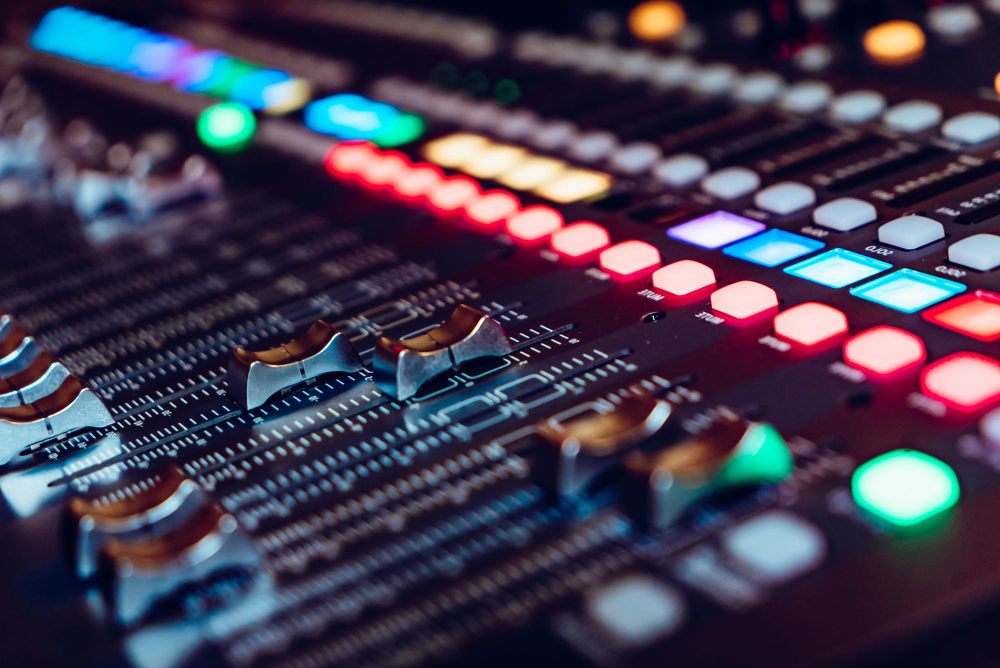
Pre-Delay is the time between the direct sound source and the arrival of the early reflection (reflections that bounce off one or two surfaces before reaching the listener). The longer the pre-delay, the larger the room as it takes longer for the sound to reach a surface to reflect off.
Decay Time determines the time (measured in seconds) it takes for the reflections to die away.
Size determines the dimensions of the room. A smaller size value will reduce the length of the delays within the reverb and vice versa.
Dry/Wet is the control between the original signal (dry) and the affected signal (wet). Upon opening a reverb effect, this is most likely to be 50/50, so the output has an equal balance of a dry and wet signal. The more wet signal you bring, the more reverb. Having more dry signals come through will provide a more subtle reverb.
EQ can also be found in Reverb, which allows control over the frequencies heard in the reverb effect.
Other parameters include Stereo Width (how wide/narrow the reverb will sit in the stereo field), Amplitudes for Early Redefections (loudness of the perceived echoes), and Diffusions (the number of directions the reverb travels, the higher, the thicker the reverb and vice versa).
Where to Use Reverb
Reverb is applied in scenarios where certain sounds need to be placed in a physical space. An example of this can be found in both music production and filmmaking.
When producing music, acoustic instruments and vocals will be recorded in isolation booths. These are designed to reduce noise with acoustic treatment panels that absorb sound rather than reflect it.
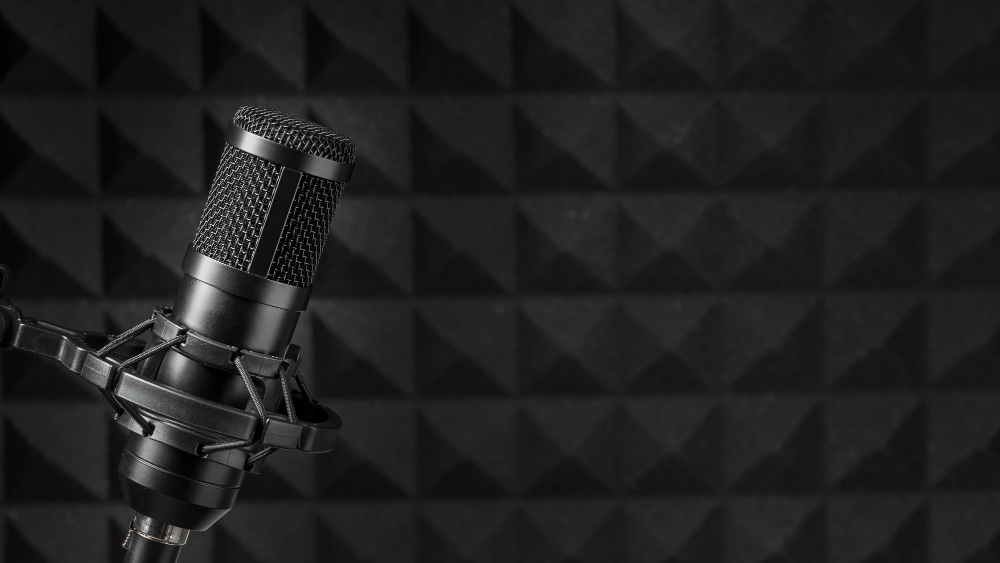
While this is positive when recording vocals, the downside is the absence of dimension, or in other words, a flat-sounding recording. Applying some reverb on those vocals provides a natural-sounding sense of space but also gives it some life.
This idea is similar to the process of recording ADR for a film. Adding a touch of reverb in order to match the physical space seen on screen creates more realism.
Reverb can also add some character and emotion to sound. This is more common in music production. Film scores will always use some reverb for a sense of atmosphere and a tool for building tension and foreshadowing. Composers such as Hans Zimmer will have passages that include reverb for that vast-yet-epic sound. Imagine it without reverb — it would sound pretty boring.
Sound effects in filmmaking commonly have some reverb applied to provide a more realistic space from the viewer’s perspective. These sound effects are applied or re-created in post-production in the form of Foley.
In Christopher Nolan’s Inception (2010), when the Dream Collapse Scene takes place, the collapsing of the infrastructure, broken glass, and gunshots have a touch of reverb for dramatic effect. More specifically, the moment when protagonist Cobb (Leonardo DiCaprio) gets dunked in the bath, we witness it in slow-motion.
As soon as Cobb hits the water, we jump to another perspective where the water is flooding in from the windows. There is an obvious reverb effect when it transitions back to Cobb falling. This is to enhance the dramatic effect behind this pinnacle moment.
When listening to your favorite track, or watching a movie, listen for the reverb effects and how they contribute to the overall product. Whether you are just starting out in audio editing or are a seasoned professional, experimenting with reverb can elevate your sound design for a sense of realism or the unknown.
Cover image via Freepik.
Looking for filmmaking tips and tricks? Check out our YouTube channel for tutorials like this . . .
